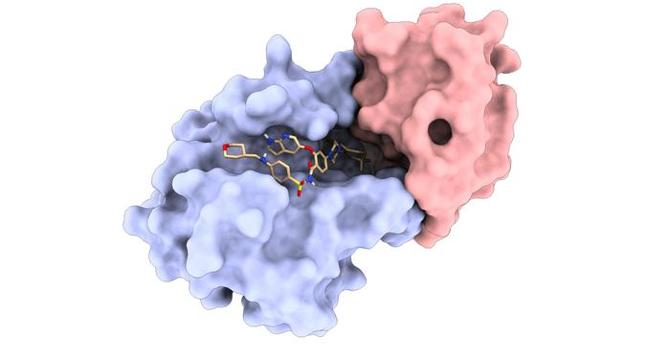Bioengineer
1w
370

Image Credit: Bioengineer
Revolutionizing Protein Interactions: A Cutting-Edge Deep Learning Pipeline
- LPDI researchers have introduced MaSIF, a deep-learning framework to design new proteins that selectively bind to therapeutic targets, creating novel protein-protein interactions and paving the way for advancements in drug design. MaSIF rapidly screens an extensive array of protein structures, generating surface representations that feature key attributes, enabling scientists to engineer new protein binders to regulate cellular control mechanisms. The researchers' latest innovation demonstrated MaSIF could recognize and exploit altered surface characteristics presented by drug-bound protein complexes. MaSIF's streamlined architecture operates with only approximately 70,000 variables to enable efficient learning processes to recognize new interaction possibilities.
- MaSIF's success story was highlighted by the experimental validation of the protein binders that can create pathways towards novel protein interactions with remarkable affinity, recognizing their respective targets with impressive specificity. The model's agility in perceiving and adapting to molecular changes is key to the platform's success. By carefully controlling engineered cells through small molecule switches, potential next-generation treatments could revolutionize treatments' safety and improve cancer therapeutics' efficacy. The flexibility of MaSIF's versatile architecture could lead to various personalized medicine approaches, delivering improved outcomes and novel therapeutic strategies.
- Through combining computational modeling and innovative protein design, MaSIF showcases the multidisciplinary approach required to navigate the complexities of life sciences and engineering and provides a possible new frontier in chimeric antigen receptor (CAR-T) therapies. Reflecting on the intricate balance between research innovation and practical application, the potential reach of resultant therapies rooted in this research is staggering, setting the stage for a future where disease management becomes increasingly precise and tailored to the underlying biology of each patient’s condition.
Read Full Article
22 Likes
For uninterrupted reading, download the app